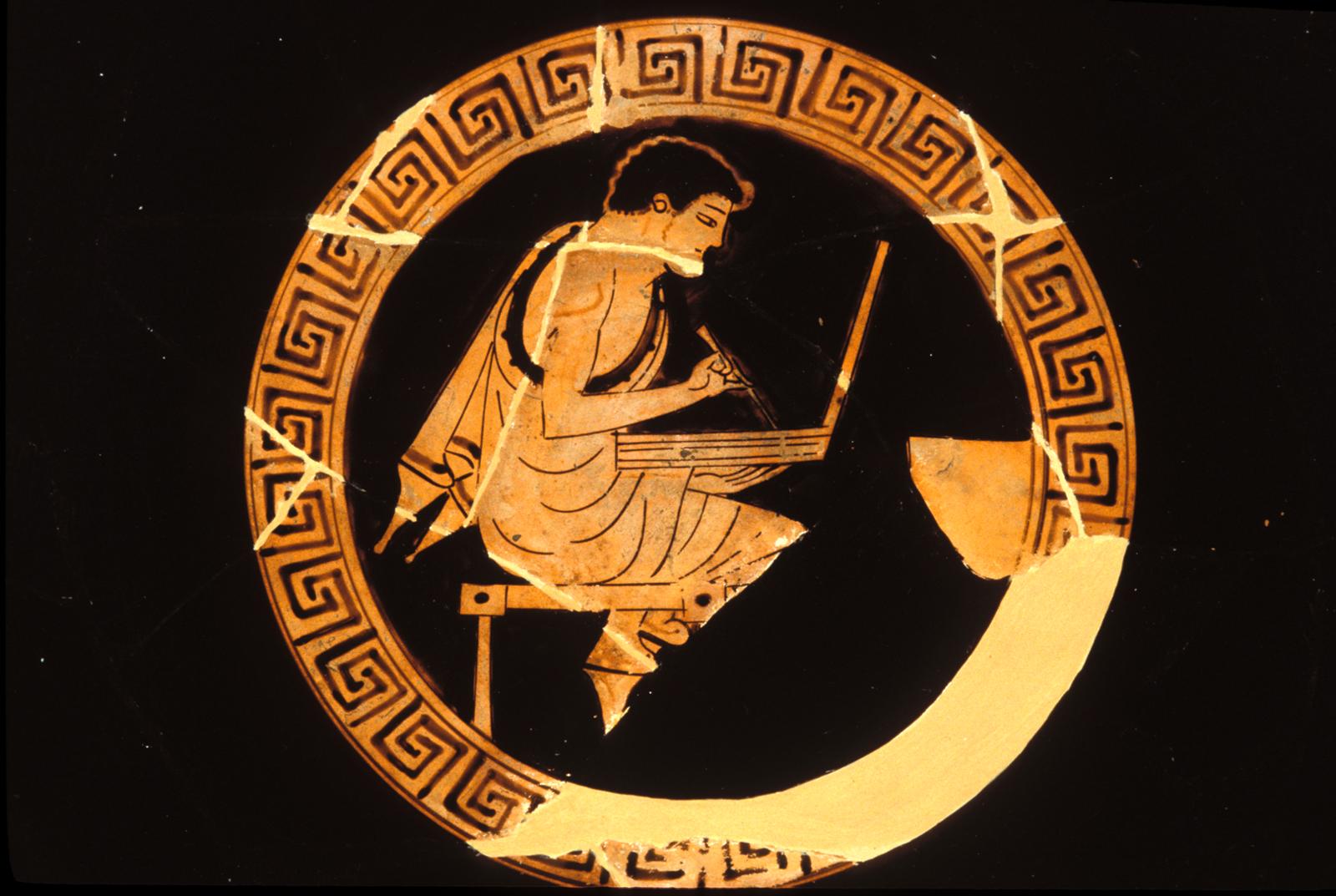
Guide to Writing Papers
Underlying Principles
- An essay has a goal: to give your reader good reasons to agree with you about something.
- Even if an assignment has come to you in terms like "analyze" or "explore" or "discuss", which don't necessarily seem to aim at demonstrative proof, you will write a stronger paper if you plan for persuasion.
- Intellectual work must always respect the principles of Academic Integrity, or it is not really getting the job done.